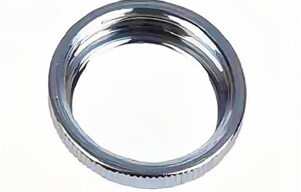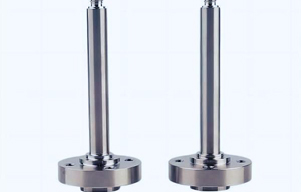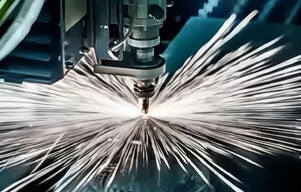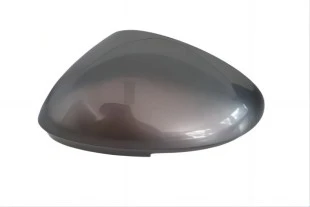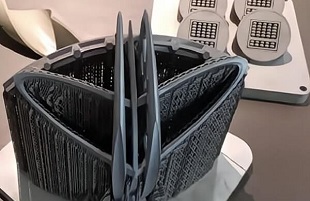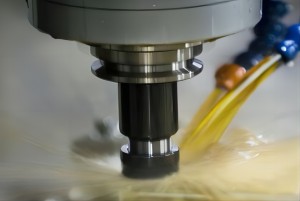Rapid prototyping and small batch manufacturing have become increasingly popular in recent years due to the numerous benefits they offer, including faster production times, lower costs, and greater design flexibility. However, designing parts for these manufacturing methods requires careful consideration to ensure optimal results. In this article, we will explore some of the best practices for designing parts for rapid prototyping and small batch manufacturing.
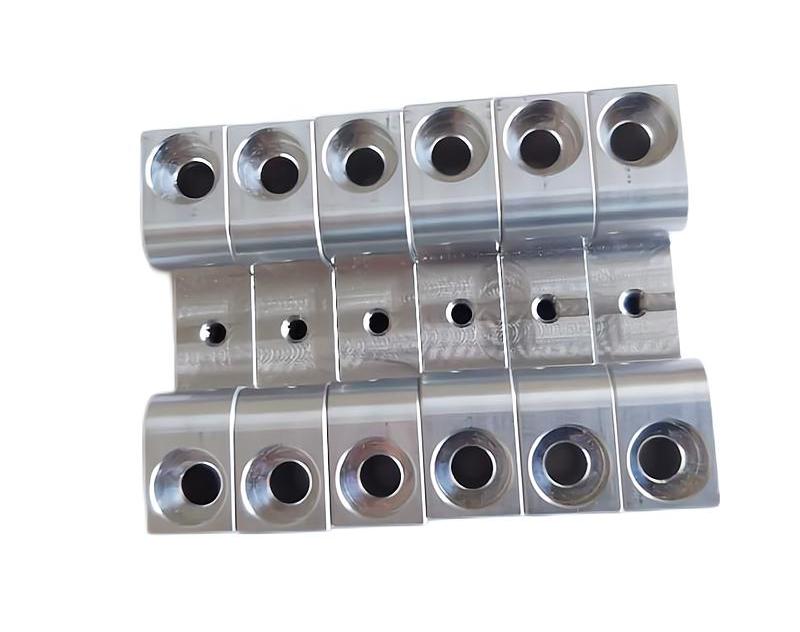
Consider the manufacturing method of rapid prototyping
The first step in designing parts for rapid prototyping and small batch manufacturing is to consider the manufacturing method being used. There are several different methods available, including 3D printing, CNC machining service, and injection molding, among others. Each method has its own unique strengths and limitations, so it's important to choose the one that is best suited for the specific application. For example, 3D printing is ideal for producing complex geometries and small batches, while CNC machining service is better suited for parts with tight tolerances and larger batch sizes.
Manufacturability of Rapid Prototyping Design
Designing parts for rapid prototyping and small batch manufacturing requires a focus on manufacturability. This means designing parts that can be easily and efficiently produced using the chosen manufacturing method. When designing for manufacturability, it's important to consider factors such as part orientation, support structures, and material selection. For example, parts with overhangs or complex geometries may require additional support structures during the printing or machining process, which can add time and cost to the production process.
Optimize rapid prototyping part geometry
Part geometry is another important consideration when designing for rapid prototyping and small batch manufacturing. Parts with complex geometries or sharp angles may be difficult to produce using certain manufacturing methods, such as injection molding. Therefore, it's important to design parts with geometry that is optimized for the chosen manufacturing method. This may involve using fillets or other features that make the part easier to produce, while still meeting the necessary design requirements.
Choose the right material for rapid prototyping
Choosing the right material is essential when designing parts for rapid prototyping and small batch manufacturing. Different materials have different properties and characteristics, which can impact the performance and durability of the finished part. For example, some materials may be more prone to warping or cracking during the manufacturing process, while others may have better resistance to wear and tear. It's important to choose the right material for the specific application and to ensure that it is compatible with the chosen manufacturing method.
Test and iterate of rapid prototyping
Testing and iteration are essential parts of the rapid prototyping and small batch manufacturing process. By testing prototypes and iterating on designs, manufacturers can identify and address any issues or challenges early in the production process. This can help to improve the overall quality of the finished part and reduce the risk of errors or defects. It's important to have a testing and iteration process in place to ensure that the final part meets all necessary design requirements and specifications.
Incorporate design for assembly
Design for assembly (DFA) is a methodology that focuses on designing parts that can be easily assembled into larger components or products. When designing parts for rapid prototyping and small batch manufacturing, it's important to consider DFA principles to ensure that the final product can be easily assembled and disassembled as needed. This can help to reduce production time and cost, while also improving the overall quality and functionality of the finished product.

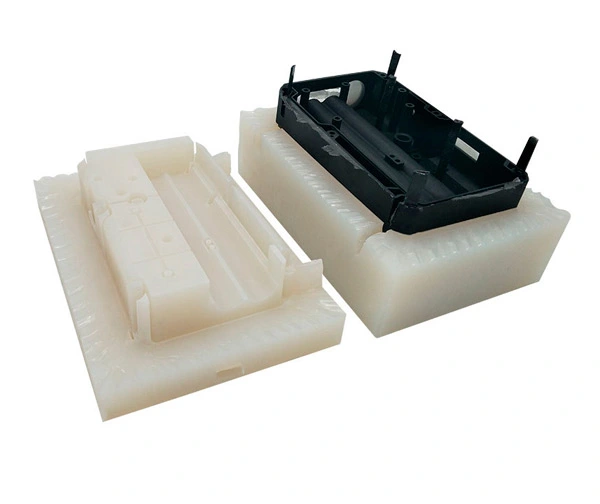
 EN
EN
 ja
ja  ko
ko  fr
fr  de
de  es
es  it
it  pt
pt  ar
ar  tr
tr  iw
iw 
